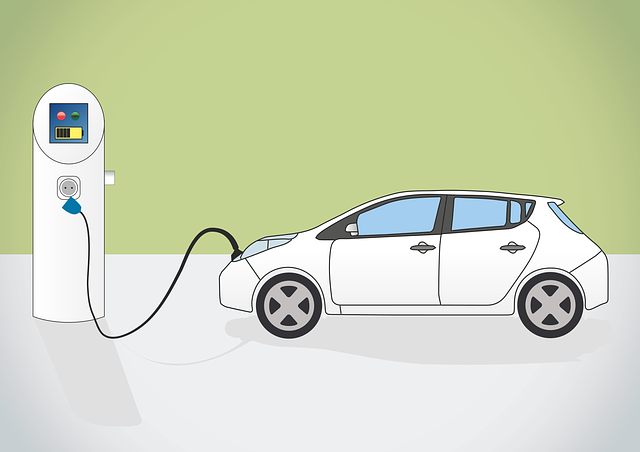Car title loan default statistics highlight risks associated with high-mileage vehicles due to increased maintenance costs, reduced resale value, and economic fluctuations affecting timely payments. These insights enable lenders to mitigate risk by offering flexible payment plans and direct deposit options, fostering responsible borrowing practices and enhancing borrower satisfaction.
Car title loans, a popular alternative financing option, often come with unique risks, especially for high-mileage vehicles. This article delves into the intriguing world of car title loan default statistics, focusing on the specific challenges posed by vehicles with higher mileage. We explore the factors driving these defaults and their implications for lenders. By understanding these trends, lenders can implement effective prevention strategies to mitigate risks and ensure more successful transactions in this dynamic market.
- Understanding Car Title Loan Default Rates
- Factors Influencing High-Mileage Vehicle Defaults
- Implications and Prevention Strategies for Lenders
Understanding Car Title Loan Default Rates

Car title loan default rates provide a critical insight into the performance and risks associated with this specific type of lending. These statistics reflect the percentage of borrowers who fail to repay their Car Title Loans as agreed upon in the terms of the contract. Understanding these default rates is essential, especially for borrowers considering a Financial Solution like Dallas Title Loans. High-mileage vehicles often play a significant role in these defaults due to their increased wear and tear, which can lead to higher repair costs and reduced resale value over time.
By examining car title loan default statistics, lenders and borrowers alike can gauge the reliability of this borrowing option. These numbers are influenced by various factors, including the borrower’s credit history, vehicle condition, and market fluctuations. Keeping a close eye on these trends helps lenders mitigate risk and offers borrowers a clearer understanding of the potential consequences, ensuring they make informed decisions when exploring short-term financial solutions such as Car Title Loans.
Factors Influencing High-Mileage Vehicle Defaults

Various factors contribute to the unique challenges associated with car title loan default statistics for high-mileage vehicles. One significant factor is the vehicle’s age and overall condition, as older cars often require more frequent maintenance and repairs, potentially impacting the borrower’s ability to keep up with loan payments. Additionally, the higher mileage suggests a greater need for regular servicing, which can be an economic burden for some owners, especially if unexpected repairs arise.
Another influencing aspect is the owner’s financial situation and their approach to managing the loan. Borrowing against a high-mileage vehicle might indicate that the borrower is seeking quick funding solutions, potentially leading to less favorable loan terms. Furthermore, the decision to refinance or payoff the loan can be influenced by changing economic circumstances, making it challenging for owners to maintain timely payments throughout the life of the loan.
Implications and Prevention Strategies for Lenders

Car title loan default statistics paint a concerning picture, especially for lenders offering loans on high-mileage vehicles. This trend highlights several implications and calls for proactive prevention strategies. One significant issue is the higher risk associated with older or more worn-out vehicles, which often command lower resale values, potentially leaving borrowers in a vicious cycle of debt.
Lenders can mitigate these risks by implementing tailored strategies such as flexible payment plans that align with borrowers’ financial capabilities and offering direct deposit options for quick and secure transactions. Encouraging responsible borrowing through transparent communication about loan terms and fees, along with providing access to cash advances when needed, can significantly reduce default rates. These measures not only ensure borrower satisfaction but also foster a sustainable lending environment.
Car title loan default statistics on high-mileage vehicles reveal a complex interplay between economic factors, borrower demographics, and vehicle condition. Understanding these trends is crucial for lenders to implement effective prevention strategies. By considering the unique challenges faced by borrowers with high-mileage cars, lenders can tailor their services to meet specific needs, thereby reducing defaults and fostering a more sustainable lending environment.






